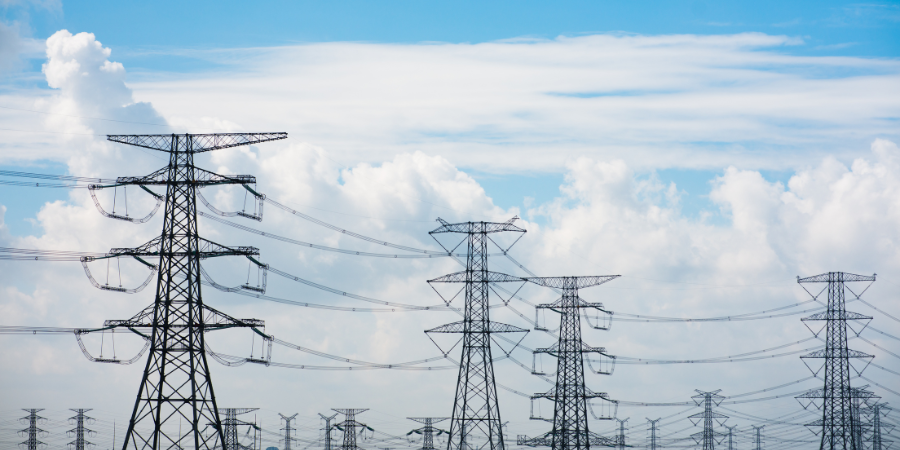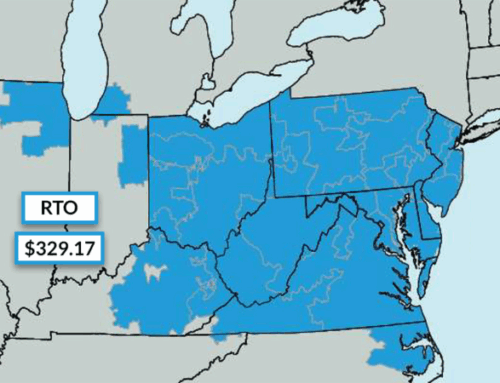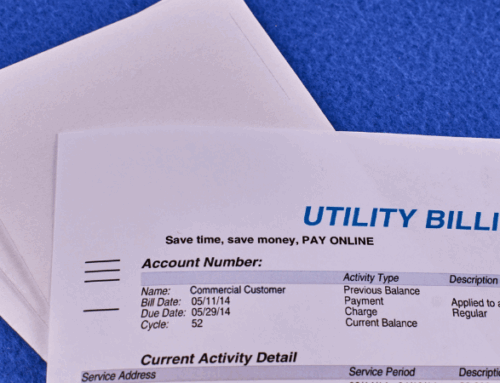The Minimum Offer Price Rule, or MOPR, has become one of the most influential yet controversial policies within the PJM capacity market. Originally designed to prevent market manipulation, MOPR has evolved into a defining force in shaping who can participate in capacity auctions and at what price. For brokers, consultants, and large energy users, understanding MOPR is essential for navigating procurement strategy and predicting capacity costs. This article explores how MOPR has changed, why it matters, and what businesses must consider as PJM capacity market rules continue to evolve.
What Is The Minimum Offer Price Rule (MOPR) In PJM?
In PJM’s electricity market, which is the marketplace that ensures there’s enough electricity for millions of homes and businesses, there’s something called a capacity market. This market pays power plants and other energy resources just to be ready to provide electricity when needed, even if they don’t run every day. Think of it like paying backup players on a sports team to be on call in case they’re needed.
Now, the Minimum Offer Price Rule (MOPR) is a rule that makes sure everyone playing in this market competes fairly. Some power plants, such as wind, solar, or nuclear, get extra financial help from their state governments because those states want to promote clean energy. Without MOPR, these state-supported power plants could offer their electricity at super low prices, possibly driving other types of power plants (like gas or coal) out of business.
MOPR prevents this by saying: if you’re getting financial help from the state, you must bid your electricity at a fair minimum price in the capacity market, so you don’t unfairly drag prices down.
In 2019, regulators made MOPR broader, so it applied to more clean energy projects, which made some states angry because it made it harder for renewables to compete. In 2021, PJM switched to a “Focused MOPR,” which kept some protections in place but also allowed more flexibility, especially for clean energy projects that meet certain rules.
In short:
- MOPR makes sure that power plants that get government help don’t undercut prices too much.
- It was designed to keep the market balanced.
- Some generators like it for fairness, others dislike it because it makes life harder for clean energy.
How MOPR Has Affected PJM’s Capacity Market
When PJM made MOPR rules stricter, it made it much harder for clean energy projects, like wind, solar, and nuclear plants, to bid low in capacity market auctions. These clean energy resources, which have the ability to deliver electricity at much lower prices than fossil fuel plants, were either blocked or pushed to bid at higher prices. As a result, the auctions cleared using bids from older fossil fuel plants, and the overall costs went up, making electricity bills more expensive for businesses and households.
Because of all the controversy around these rules, PJM’s capacity auctions (which are supposed to happen regularly) were delayed for months or even years while regulators and courts figured out what to do. By 2023, a court agreed to keep a more limited version of MOPR in place, which made things a little easier for clean energy but didn’t remove all the challenges.
State Subsidies and the Federal-State Policy Divide
At the heart of the MOPR debate lies a jurisdictional battle between federal market oversight and state energy policies. Many states in PJM’s footprint, including New Jersey, Maryland, and Illinois, have pursued aggressive decarbonization targets through offshore wind mandates, renewable energy credits, and nuclear support programs. MOPR’s expansion was perceived as a direct challenge to these efforts, effectively neutralizing state-level incentives by rendering subsidized resources non-competitive in capacity auctions.
Who’s Impacted And How
The MOPR impacts several key players in the PJM capacity market, each in different ways. First, traditional fossil fuel generators, like coal and natural gas, generally benefit because MOPR helps keep capacity prices higher by limiting competition from state-supported renewable energy projects. This gives older plants a temporary financial boost, allowing them to earn more in auctions.
Ironically, renewable energy projects, like wind and solar, are also winners in some cases. Even though MOPR restricts how low they can bid into auctions, they still collect the same higher capacity payments when they clear, meaning they can earn more revenue overall.
The group most negatively impacted is the end user, businesses and households that pay electricity bills. When capacity auction prices rise, those extra costs are passed directly to ratepayers through higher utility bills. So while energy companies might see short-term gains, everyday consumers ultimately foot the bill for these market distortions.
What Comes Next: Opportunities And Risks For 2025 And Beyond
Looking ahead, PJM’s capacity market is entering a new phase. The focused MOPR remains in place, but the resource mix is shifting rapidly. A large backlog in PJM’s interconnection queue means a surge of new renewable and storage projects is poised to enter the market over the next few years, potentially softening prices and increasing competition.
At the same time, PJM and FERC are considering broader market reforms aimed at improving capacity auction efficiency, adjusting capacity accreditation for variable resources, and addressing concerns around grid reliability. For brokers and large energy buyers, these changes present both risks and opportunities. Businesses must anticipate greater capacity price volatility that directly affects procurement outcomes, such as the recent surge in 2025/26 PJM capacity prices. If you’re interested in learning more about the PJM capacity markets and how these auctions impact your bottom line, contact our team of energy experts today. We have decades of experience guiding our commercial and industrial clients through the complex energy markets.



